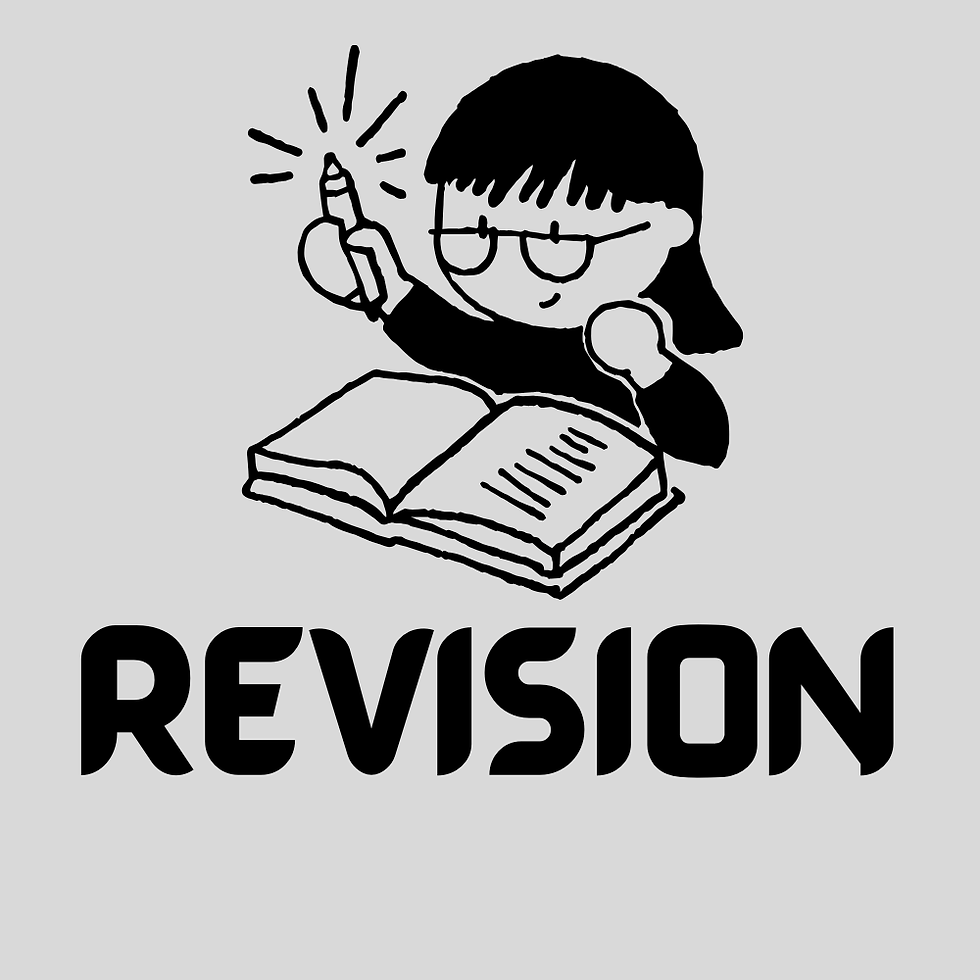Boss Battle Guest Topic: Shoestring Writing (and Editing)
- Belinda White
- Feb 10, 2019
- 4 min read
Updated: Sep 2, 2022

Let's face it. A lot of new writers don't have a lot of extra cash on hand. Shoot, some of us are writing in the hopes of changing that very fact about our lives.
When we hear people say not to hit that publish button until you have thousands of dollars to put behind your work, it can get discouraging to say the least. Yes, our books that we pour our very hearts and souls into do need good covers, editing, and formatting. That much is true, and there is no way around it.
However, to say that those things have to cost thousands of dollars is simply ridiculous. There are ways to get what you need done at minimal costs. Yes, a lot of those options requires time and effort on your part. But not money--that's the important thing, right?
Welcome to the Shoestring Writing way of doing things. I might as well start at the very beginning. You know, the writing part. You've probably heard other writers go on and on about Scrivener. I'm not dissing that software. In fact, that's what I'm using right now. But if you don't have an extra $45 to pay for that software there are options.
The first option is an alternative software called yWriter. It's a lot like Scrivener, but with not quite so many bells and whistles. That isn't to say it's not a great program, because it is. I used it for years before making the switch to Scrivener. The best thing about yWriter? It's totally free. That's right FREE.
If you have your heart set on Scrivener, there is a way to get it for half the cost, but you might have to wait a while. Every year (at least so far), they sponsor Nanowrimo. If you can write 50,000 words in the month of November, and thus win the contest, you receive a discount code to get Scrivener at half off its regular price. (That's how I got my copy.)
Maybe this type of software doesn't even appeal to you. Maybe you just like hammering away in Word, Open Office, or Google Docs. How you write doesn't matter. What matters is that it doesn't cost you a lot of money to get those words down.
Once they are down, however, and you have your first draft in front of you, you are going to need to edit. Oh boy, bring in the money, right? Well, if you have the finances for it, sure. Do that. If not, it's time to self-edit your work of art. I do this in stages.
Stage one: After letting my finished draft sit for a minimum of seven days, I boot up my computer and start going through it. Slowly. Not as a reader (yet), but as an author with a mind to catch mistakes and clean up my writing. I do this a chapter at a time. After each chapter, I copy those words I've just edited and paste them into the online Grammarly app. (Guess what? It's free too!) This app will invariably show me a few things I've missed. (Note: the app will try to get you to upgrade to the premium version--just ignore that.) Look at each item Grammarly highlights and see if their suggestion makes sense to you. They can get it wrong sometimes.
Stage two: Once I've gone through the entire draft and have made it the best I can, it's time for stage two. Beta Readers. How do you find Beta Readers? Here is where Facebook is your friend. There are several groups there that exist just for this purpose. Do a quick search and join one or two of them. Then, when you are ready, offer to do a beta read trade. You read their novel, and in turn, they'll read yours. You can also ask other author friends to do a trade with you. A lot of them are more than willing to do a good turn for someone. (I've beta read for several people myself.)
Stage three: I take all the comments from my beta readers and update my story with their comments in mind. Once that is done, it is time for my final read. This is my version of a proofread. For me, it's important to not do this stage on the computer. This time, I'm going through it as a reader, not an author. You might be surprised at the difference this mindset can make. This can be accomplished a couple of different ways.
One is that you can simply print out your book and edit it on paper. But if you have an eReader or a Kindle Fire (my weapon of choice), you can also open your file on that device and read it there. I like the Kindle Fire option, personally, because it feels more like reading for pleasure. Don't feel bad when you catch a lot more errors that made it through the editing thus far. It happens, believe me. And that's a good thing. You caught them, not your readers!
After these three stages of editing, it's time to get that finished and polished book formatted and ready for publishing. I can hear your groans from here. It's really not that bad. Thanks mostly to a wonderful online resource called Draft2Digital. Yes, they are in the business of distributing books to various retailers, such as Apple and Nook.
But the awesome people that are behind Draft2Digital have said that they welcome authors to use their service as a formatting resource—even if they don't publish with them. That's incredible customer service there. Have I said how much I love these guys?
I could take you through all the steps to format your book for free, but this post is growing quite lengthy as it is. If there is interest in another post on Shoestring Formatting, or even Shoestring Book Covers, I would be happy to write one.
Until then, a few words of advice: Keep writing and don't let anyone steal your dream.
About the author: Belinda White is the author of the Benandanti Series, a trilogy of books featuring Tazlyn Hunt (Benandanti werewolf) and her most unorthodox pack mates. Currently she is working on a new paranormal cozy mystery novel.
.png)



Comments